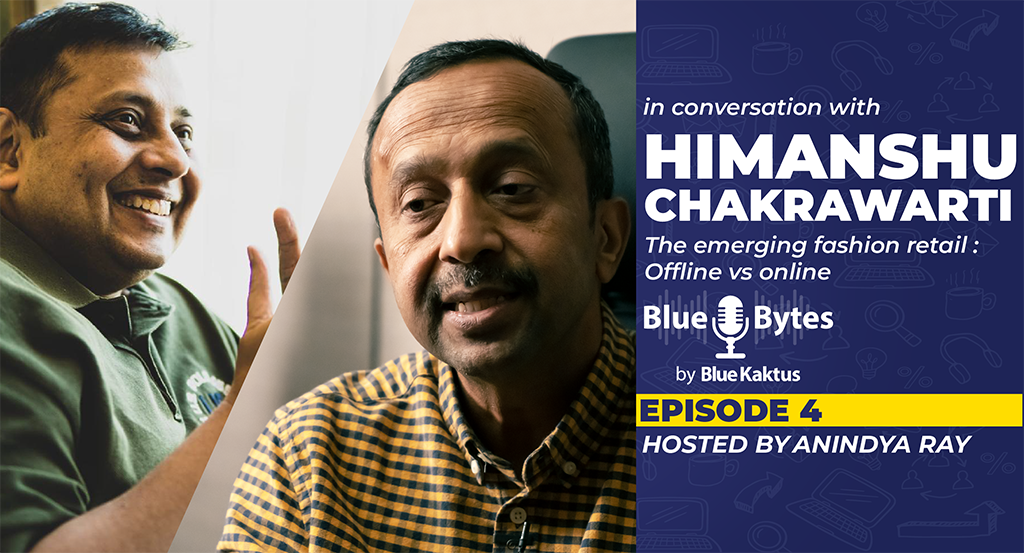When we talk about knit fabrics, an important question to ask is:
Why does the factory merchandiser run to buyers for last minute approvals after the bulk fabric is in house?
The answer is simple:
Because the fabric received will have some problem or the other.
Let's look at some of the major fabric quality issues which come to the Buyer’s notice for approval regularly.

Some of the other fabric quality issues may be Dyeing patches, Softener marks, Barriness, Crease marks, Skewing, Bowing, Contaminations, Needle/Sinker lines, thick and thin places in yarn, loose fabric structure, Oil Stains etc.
These are evaluated physically in the fabric warehouse. If the above quality issues are noticed, then the fabrics are sent for re-processing or get rejected. Often these issues are not brought to Buyer’s notice.
Let's look into the issues where buyers approvals are sought.
GSM Variations:
In knit fabrics, GSM is a very important factor for determining fabric quality. GSM is influenced by Stitch Length (Loop Length) , Machine Gauge, WPI, CPI, Yarn Count, etc. Sometimes the in-housed bulk fabric has visible difference in the density, either within roll or from roll to roll.
Variation in parameters during knitting, dyeing, stentering, compacting, etc. may lead to this issue. Sometimes yarn count allowances & loop length variances may also lead to this issue. Usually, the buyers give an allowance of + or – 5%. In cases where the variation is above the allowance, the buyers approval is obtained.
“Once, a fabric manager worked tirelessly the whole night and inwarded a viscose jersey fabric for SMS. He found 8% lesser GSM. The buyer came to inspect the fabric next morning. The fear on the fabric manager’s face turned into a smile when the designer felt the fabric. Though the GSM was less compared to the approved standard, she loved the hand feel & the fall of the fabric. An on the spot approval by her, set the production rolling”
Dimensional Stability:
Knit fabrics by nature are unstable compared to woven fabrics. The main cause of failure in dimensional stability (i.e., Shrinkage) is due to high physical stress & strain exerted on the fabric during the whole process flow of making knit fabric. The fabric may not have been processed in relaxed state; or not allowed to relax properly after compacting. Knitting with high tension, knitting machine diameter, over loading in soft-flow machine, improper stentering or compacting without checking trial shrinkage reports, yarn parameters, etc. are also causes of shrinkage failure. It may depend on the structure of various knits and yarn count/machine gauge selected for a particular GSM of fabric. Improper heat-setting of stretch and poly fabrics will result in dimension stability problems. It is also based on the fibres used like cotton, poly, nylon, viscose, elastane or blends, etc.
Though many routes are followed to control the shrinkage in knitted fabric, mainly it is based on the end product. If the final product is a basic piece dyed T-shirt, then the fabrics are properly compacted, relaxed for some time and internal test reports are checked before cutting. But if the final product is garment washed or the garment dyed then panel wash process is followed in some regions or double compacting/adding allowance in the pattern are followed to control shrinkage. Even though every buyer gives shrinkage allowance based on knit structure between 5 and 7 %, usually there will be an exemption request from the manufacturer.
Surface Appearance:
Hairiness and Pilling are the two factors considered in the surface appearance. Hairiness is fiber ends and loops protruding from the body of the yarn. Pilling is the formation of little balls of fibers due to abrasion and handling of fabric in various manufacturing processes. Yarn quality defines the hairiness level in it. Compact yarns are less hairy, while carded yarns are more. When a good quality yarn is used, the fabric is automatically good too. Now-a-days bio-wash is done to cut the hairiness on the surface, but extensive bio-wash will reduce the GSM and strength of the fabric and many times colour tone of the fabric is changed. Pilling is tested and is rated on a scale of 1 to 5.(1 is severe pilling and 5 is no change.). Pilling is not a desirable property because aesthetically the surface does not look good.
Hairiness may be desirable in certain situations and undesirable in some, based on the end use and application of the garment. Many western customers like mild hairiness in order to give the fabric soft hand feel. However Indian customers prefer the clean surface. Even though every buyer gives the requirement and fabric standards clearly, mostly there will be an exemption request from the manufacturer.
Hand-feel:
This is an important and subjective factor of the knit fabrics. Though there are tests to measure hand-feel scientifically, it always depends on the person feeling it. Satisfaction of any customer first comes from the touch & feel of the garment. Garment feel is an important factor, which drives a customer to make a purchase. Right from the fibre & yarn quality to finishing, every process has an impact on hand feel Physical standards (fabric swatches) are provided by all the buyers to understand the hand-feel requirement of each fabric quality or for each style.
Though customers like soft hand-feel, but sometimes (based on the usage) they like dry touch, soapy touch, rough feel, prickly feel, etc. Required hand-feel is applied in many ways, but mostly softener treatment is given at the last stage of processing. Bio-wash and silicon softener gives a very soft touch but leads to hairiness on the surface. Hand-feel is also largely based on the fabric’s fibre content.
In a graphic printed T-shirt, base fabric will have rougher hand-feel in order to get better print fastness. This is overcome by treating the garment with softener. All Over Printed (AOP) fabrics are treated and finished with softener once printing is completed which gives them a very soft hand-feel. Since its subjective, the QA may reject the fabric based on their understanding. A factory merchandiser, in such a scenario will submit a swatch to the Buyer and opt for an exemption.
“All Over Printed camouflage fabric with 100% print coverage will always be rough in hand. It is always better to dye the lightest colour in artwork & print rest of the colors. If needed, fabric can be washed before compacting. This is one of the ways to get a better hand-feel of AOP camo.”
Colour Fastness:
Colour fastness is the extent to which a fabric loses its colour or fades under certain conditions in water, exposure to sunlight, body perspiration, abrasion to its own surface or other surface, laundering, pressing etc. Right from fibre and fabric properties, structure and characteristics of dyes used, quality of dye and auxiliaries selected, process parameters, colour tones, pre-treatment to the fabrics before dyeing, fixing of colours after dyeing, finishing process of fabrics etc. determines the colour fastness. Dark colours tend to bleed in water, some colours fade in sunlight and few colours cannot withstand laundering. Right dye selection, further processes involved, final apparel usage and maintaining proper process parameters will lead to better color fastness. Even though every buyer gives the requirement ratings very clearly based on the end-use, test may fail with 0.5 point variance and always there will be an exemption request from the manufacturer.
Practically, it is not possible to completely avoid these common issues in knit the common issues in knit fabric manufacturing cannot be completely avoided. However, care can be taken at every step to minimise the quality issues.
It saves time and money.
See you in my next article, follow me…
RELATED TOPICS:#Sourcing,Textiles,Apparel,Fashion,Quality,manufacturing,knit,knit fabrics,T-shirts,Satheesh Kumar
Leave a comment
Our email address will not be published. Required fields are marked *







10 Comments
Продолжу с интересом читатьNov 18, 2023 at 20:44 pm
Я не получаю то, что хочу. Не хватает мотивации на регулярные занятия. Мои цели сбываются у других людей. Продолжу с интересом читать
297Jan 29, 2023 at 15:56 pm
297
ManajemenJan 26, 2023 at 11:22 am
how to choose a good fabric?
1284Jan 24, 2023 at 07:37 am
1284
S.veerichettyJun 28, 2020 at 19:26 pm
well explained the reality
Krishna kumar DJun 28, 2020 at 12:30 pm
Dear sir, the article was really useful to solve the issue.
AjayJun 27, 2020 at 08:15 am
Well described satheesh. It was a great technical insight. I hope many will understand the practical issues and timely resolutions. Thanks
ParameshkumarJun 14, 2020 at 08:40 am
Satheesh sir, Superb notes to keep as handy for the key defects to analysis & how to overcome in further lots. Very much useful to everyone from designers to merchandisers & knitter to manufacturer. Thanks for sharing.
Dr. K. SaravananJun 10, 2020 at 11:53 am
Mr. D SatheeshKumar, really a useful and informative article. Keep writing for the benefits of the technocrats.
Maneesh sainiJun 06, 2020 at 13:17 pm
real vital information